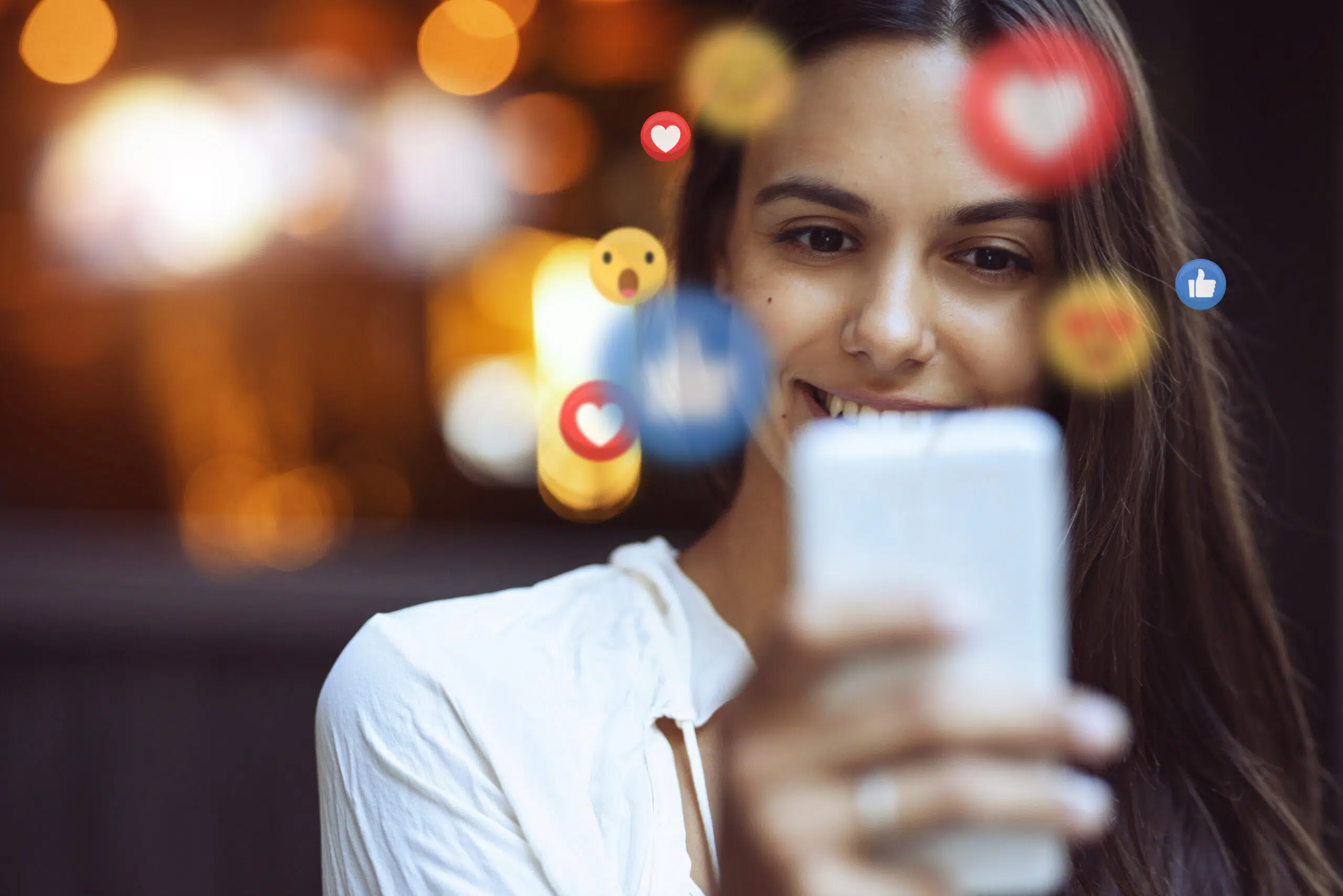What do a pregnant man, an empty battery, soap bubbles and a saluting smiley face have in common? They’re all part of the group of 37 new emojis that made their debut in September 2021. We all use the smiley faces and other little icons on WhatsApp, Signal and Facebook. But do people really interpret each emoji the same way all over the world? Are emojis a true lingua franca, a universal language? The answer is a definite “maybe.” While many emojis mean more or less the same thing from northern Europe to South Africa, some have different meanings in different contexts, cultures and countries. That’s why even emojis need to be translated and localized by professional language services like ACT Translations.
Let’s begin at the beginning: the history of emojis
These colorful little pictographs date back to 1999. They were invented by Shigetaka Kurita, a Japanese designer. Japanese is considered an especially context-rich language with many layers of meaning. So it’s no surprise that its speakers wanted a way to make the tone behind their written words clear. At first, emojis were limited to Japanese phones. But when Apple started marketing the iPhone in Japan, they soon realized that their products would have to support emojis in order to be competitive in the Japanese market. Emojis first became available to iPhone owners all over the globe with the release of iOS 5, and other operating systems followed suit. There have been different skin colors for emojis since 2015. Regional flags were introduced in 2017. Same-sex couples and parents have been available since 2010. The 2020/21 version saw the addition of non-binary people and interracial couples. Even the Bible and Shakespeare have emoji counterparts.
Laughing and crying faces lead the pack
Every emoji starts as a proposal that requires final approval from the Unicode Consortium. The latest version, Unicode 14, has 3,633 different emojis, and the approval process for each new proposal takes several months. According to The Global Emoji Trend Report 2021, the laughing and the crying face remain the world’s most popular emojis. The syringe emoji has been used far more often since the end of 2020, which is undoubtedly related to the Covid vaccination.
Cultural differences
According to “An empirical study of emoji usage on Twitter in linguistic and national contexts,” emojis express people’s general state of mind and are a testimony to the fact that there are more similarities than there are differences between us. The “language” of emojis is mostly about universal emotions. But there are also emojis that are understood differently in different countries and cultures. That’s why emojis need to be taken in context and possibly even translated. Keith Broni from Ireland is considered the world’s first emoji translator. He is one of a group of experts who now translate emojis that are used in marketing in order to be sure that they are expressing the right messages and the target groups do not find them misleading or offensive.
One example of a translation-worthy emoji is the thumbs-up, which is interpreted as agreement in many countries. But in Greece and the Middle East, it has traditionally been viewed as vulgar or even offensive. Then there’s the angel, which in the West can symbolize innocence or a good deed; in China, it represents death and can appear threatening. International emoji-use statistics also reflect cultural variations. While the folded hands icon is always among the top three on the English, French, German and Indonesian lists, it comes in no higher than ninth place in the Arabic language area and is not included among the top emojis in Urdu at all. That may be because folded hands are not associated with praying in Arabic cultures. But in Japan, this gesture is a sign of thanks and is not necessarily connected with religious factors.
Emojis are displayed and interpreted differently
For technical reasons, one and the same emoji can look completely different on different devices. And that means that users interpret it differently. A smiley sent from an iPhone, for example, can look unhappy on an Android device. A gun sent from an Android phone turns into a water pistol on an Apple device.
But the most serious potential pitfalls come from cultural differences. Take the applauding hands that are used in many western countries to praise or congratulate someone: in China, they are a symbol for the act of love. Nor do the Chinese indicate happiness with the slightly smiling emoji; to them, this icon expresses mistrust or disbelief, and can even mean than someone is making fun of you.
What does that mean for you and the way you approach your customers?
If you want to use emojis to help market your products, company or brand, be very aware of the potential for cultural differences to alter your messaging. As expressive images, emojis can supplement language – but they are definitely not a universal language.
Let our translation experts localize not only your words but also your images and emojis. That way, you can be sure that each of your target groups gets the right message.
We will be happy to help you with your individual translation needs.








